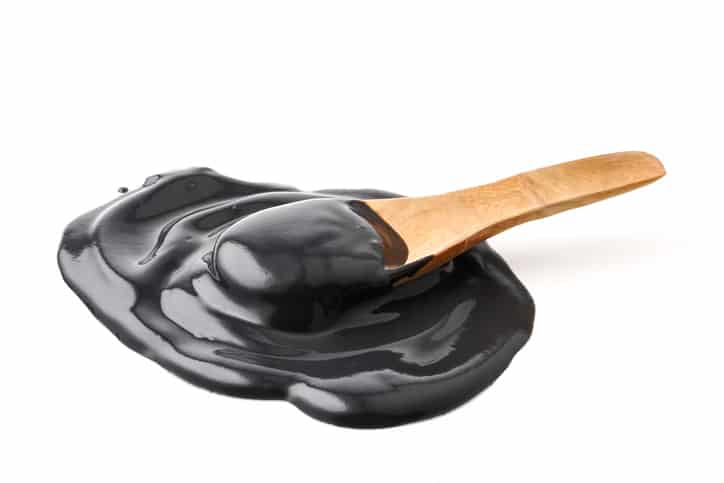Babies put anything and everything into their mouths as they explore and understand their world – and parents are usually right behind them, making sure nothing is going to choke or harm their child. Most children outgrow this behavior by the time they are 3 years old, but what happens if this psychological behavior continues or resurfaces?
Putting non-food items into their mouth could be an indication that your child is exhibiting pica. This eating disorder is diagnosed when children chew or eat items containing no nutritional value and are considered culturally and socially inappropriate to eat, such as ice, soil, hair, dirt, plastic, paint chips, metal, and more. When this behavior occurs repeatedly for at least one month in people over two years of age, your Alzein Pediatrics provider will suggest remedies to relieve pica behavior.
Is Pica Really a Problem in Children?
Pica becomes serious when it is a habitual behavior and begins to affect your child’s health. For instance, eating paint chips risks lead poisoning. Eating dirt can cause a bacterial infection or heavy metal or another type of poisoning, depending on what is in the soil. If your child chews on metal, bottle caps, or wire, they risk severe dental injury, mouth injury, digestive distress, and internal injury if the item is swallowed.
Make an appointment with your Alzein Pediatric professional immediately at our evergreen park, oak lawn, or urgent care locations if you notice pica behavior in your child over the age of 3.
How is Pica Treated?
We will order blood work to investigate nutrient deficiencies, as pica can present itself in the form of chewing ice when there is an iron deficiency and is often seen in children with anemia. When pica is a symptom of a nutritional deficiency, supplements will be prescribed. Typically, pica behavior will resolve itself once any deficiencies are corrected. We will also order a toxicology report to check mercury and lead levels in your child’s system.
What if There Are No Deficiencies or My Child Keeps Chewing Strange Things?
If pica behavior persists after resolving nutritional deficiencies or if no deficiencies are found, we will recommend a psychological evaluation to rule out any condition that could be contributing to the behavior, including obsessive-compulsive disorder, schizophrenia, and autism. A recent study published by the Journal of the American Academy of Pediatrics studied the occurrence of pica in children with ASD (autism spectrum disorder) and ID (intellectual disorder) compared to children in the general population. They found that pica was prevalent in 28% of children who had both ASD and ID as opposed to only 4% of children in the general population.
We will also provide educational resources about pica to your and your child to understand why the behavior is happening and to develop individualized tools to recognize and stop the behavior. To assist in recovery, access to the preferred non-nutritional item should be limited or if possible removed completely from the home. How long this behavior lasts varies on the person, surrounding support, and environment. There are cases where the behavior stops as suddenly as it began with minimal diet changes. In other cases, often when ASD or ID is present, therapy is required, and the behavior may persist for years.
Pica behavior should be treated as soon as possible before your child becomes seriously ill or injured. If you see any indications your child is chewing or eating non-food items, call us at 708-424-7600 or click here to make an appointment at our evergreen park, oak lawn, or urgent care locations. We are here to help!


